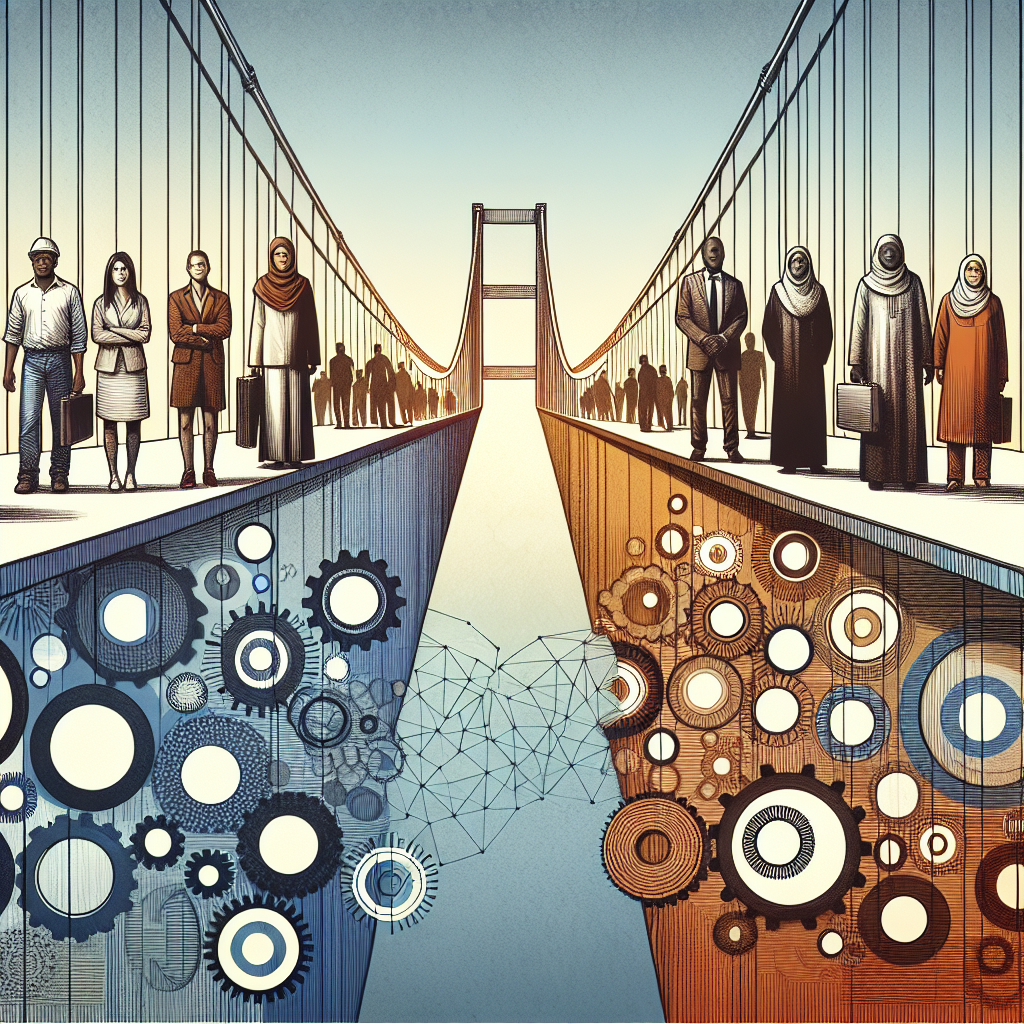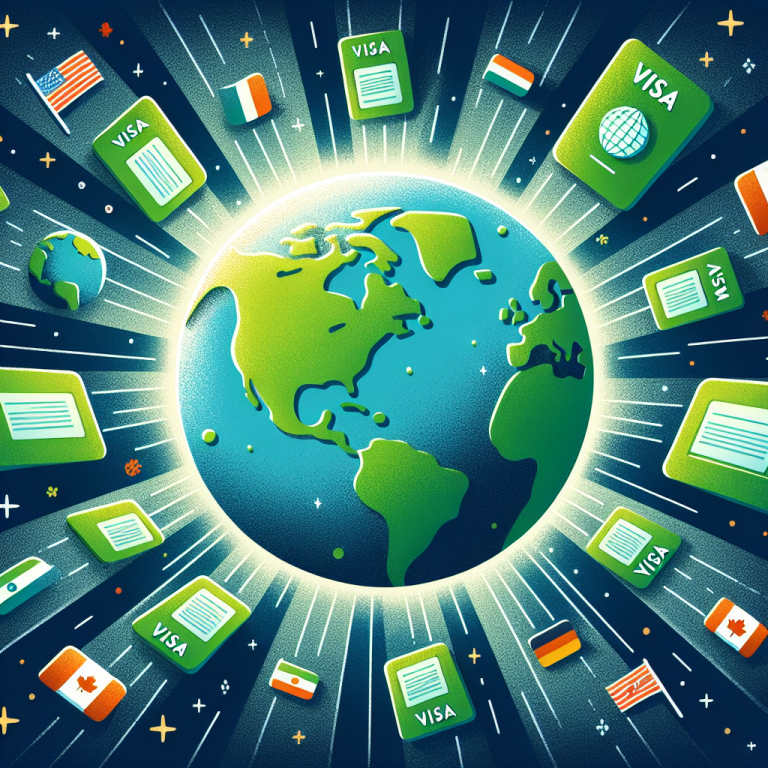
Introduction
In the evolving landscape of financial services, Mastercard is at the forefront of promoting financial inclusion. This initiative targets underserved communities worldwide, aiming to provide access to essential banking services.
Understanding Financial Inclusion
Financial inclusion refers to the accessibility of financial services to individuals and businesses, particularly those who are marginalized or excluded from traditional banking. According to the World Bank, nearly 1.7 billion adults globally lack access to basic financial services.
Mastercard’s Role in Financial Inclusion
Partnerships and Collaborations
Mastercard partners with governments, NGOs, and fintech companies to develop innovative solutions. Initiatives like the Mastercard Center for Inclusive Growth focus on creating economic opportunities for disadvantaged populations.
Technology-Driven Solutions
Leveraging technology, Mastercard introduces digital payment solutions that cater to those without bank accounts. Tools such as mobile wallets enhance accessibility, allowing users to transact securely from their mobile devices.
Community Engagement
Mastercard emphasizes community engagement by conducting financial literacy programs. These initiatives educate underserved populations on budgeting, saving, and responsible borrowing, equipping them with essential financial knowledge.
Related Searches
- Mastercard financial literacy programs
- Benefits of digital payments for underserved communities
- Innovative fintech solutions for financial inclusion
- Global efforts in promoting financial inclusion
Case Studies
Mastercard’s partnerships in regions like Africa and South Asia exemplify its commitment. In Kenya, the company collaborated with local banks to develop digital payment systems that significantly increased access to financial services.
FAQ
How does Mastercard support financial inclusion?
Mastercard develops partnerships, creates technology-driven solutions, and promotes financial literacy programs to reach underserved communities.
Why is financial inclusion important?
Financial inclusion fosters economic growth, reduces poverty, and enhances overall community well-being by providing equal access to financial services.
What challenges does Mastercard face in promoting financial inclusion?
Challenges include varying regulatory environments, technological infrastructure limitations, and addressing the unique needs of diverse communities.
Interview with a Mastercard Executive
Q: What is Mastercard’s vision for financial inclusion?
A: "Our vision is to create a world where everyone has access to the digital economy. We believe that financial services are a basic human right, and we are dedicated to bridging the gap for underserved communities."
Q: How do you measure the impact of your financial inclusion initiatives?
A: "We use various metrics, including the number of new accounts opened, transaction volumes, and feedback from participants in our programs. This data helps us continually refine our approach."
Conclusion
Mastercard is paving the way for financial inclusion by leveraging technology, partnerships, and community engagement. By addressing the needs of underserved populations, Mastercard not only enhances individual financial well-being but also contributes to the broader goal of economic equality on a global scale.
Mastercard is committed to making a difference, one community at a time, reinforcing the belief that access to financial services is essential for a prosperous future. For further reading, check the nofollow links on topics related to financial technology and inclusion initiatives.
References: World Bank, Mastercard Center for Inclusive Growth.
#Mastercard #Financial #Inclusion #Bridging #Gap #Underserved #Communities

